Porsche 917/10-71
Premiere: 1971 July 25 at Can-Am Watkins Glen / Engine: 5.0 L Flat 12 / Power: 614 bhp / Torque: 419 ft lbs
Jo Siffert was the first to take the 917 to Can-Am championship. The car he used in 1969, was the 917 PA Spyder. Although he participated in one Can-Am race in 1970 with a 917 K, that season he skipped. He was back from mid-season 1971 and now with the 917/10. Only two 917/10 were created in 1971. The chassis 001 was used for testing and the 002 by Siffert. He took part in six races out of ten, managed podium finishes three times and scored 4th in the season, like in 1969.
The Story
Swiss Grand Prix driver and enterpreneur Jo Siffert (1936 – 1971) came from the bilingual town of Fribourg and spoke four languages (German, French, Italian and English) fluently. Rising from a pretty poor social environment the bodymaker first started with selling recycling material to establish his own used car business later. Siffert had entered motorsport as a bike rider also being a co-rider in sidecar racing several times before switching into four-wheel racing with a privately entered Italian Formula Junior car. At the beginning of the sixties Formula Junior was the only open wheel racing car category beside Formula One.
Siffert entered Grand Prix Racing as a private driver in 1962; he also was a driver at the privately runned teams of Scuderia Filipinetti from Switzerland and the famous Scottish equipe of Rob Walker Racing. Siffert won his maiden Grand Prix in a Walker Lotus Ford 49 at Brands Hatch in 1968. In the middle of the sixties Siffert also had become a works driver for BMW in Formula 2 and for Porsche in sportscar racing. In 1969 Jo Siffert entered McLaren Cars dominated CanAm Racing for Group 7 double-seater racing cars driving a mighty Porsche 917 PA (standing for the Porsche Audi division of Volkswagen of North America).
The 917 PA was developed out of the 1969 on the Geneva Motor Show presented Porsche 917 Group 4 sportscar built in a series of 25 vehicles under the regulations of the Worldchampionship of Makes to use 5 litre engines instead of the 3 litre ones used by the prototypes. The engine used by the 917 PA was a normally-aspirated 4.5 litre 12 cylinder boxer engine, as all engines made by Porsche, either made for road or racing purpose, it was air-cooled. The 917 PA delivered some 560 horse powers, not enough against the up to 8.6 litre Chevrolet V8s of the McLarens, Lolas or Chaparrals competing against. Communicated as a pure private project the 917 PA driven by Jo Siffert de facto was a semi-works entry.
At the end of 1970 it became clear, that the short period of the the powerful 5 litre Group 4 sportcars of Porsche 917 and Ferrari 512 would come to an end after the 1971 season. For this reason Stuttgart based Porsche KG was looking to new fields of competing with the 917 type, especially under the aspect of the very important market in the United States of America. So they decided to enter CanAm Racing in Canada and the USA with ten highly paid rounds between June and October each year. First the head of the 917 racing operations, Ferdinand Piech (later CEO of the Volkswagen group) had preferred a 16 cylinder boxer engine with a cubic capacity of 6.6 litres and some 750 horse powers to be installed in a 917 PA similar chassis and it was called 917/16. But after intensive testing the 917/16, three engines were built for, did not produce sufficient reliability, so the project was stopped.
Instead of this car Porsche KG decided to create a new CanAm car called 917/10, first powered by normally-aspirated engines known from the sportscar version, later by twin turbo 12 cylinder boxers rising top level performances up to 1300 horse powers in 1973. For 1971 two 917/10s were constructed, the 001 was a pure testing mashine, the 002 was entered by Jo Siffert with the backing of his sponsors STP car care products and cigarette brand Marlboro . Siffert was a close friend of his fellow countryman Jean Tinguely also coming from Fribourg. The famous painter and sculptor, several times present at the documenta, was the creator of the so-called Cinetic Art. In the sixties he had bought one of Jim Clarks beautiful green Lotus Climax cars to put it into the large living room of his house. Among several business activities Jo Siffert was a Porsche dealer, an importer of Chevron racing cars to Switzerland and an owner of a racing team.
The STP Marlboro Porsche 917/10, equipped by a normally-aspirated 5 litre engine and some 630 horse powers, scored a fine fourth place in the overall standings of the 1971 CanAm season behind the McLarens of Peter Revson, Denis Hulme and the Lola of Jackie Stewart, all using much stronger Chevrolet V8s. In autumn of 1971 Porsche, who had already decided for a works entry for 1972 partnered by Roger Penske, started an intensive testing programme with the 917/10 at their domestic test track at Weissach driven by race car driver and engineer in personal union, Mark Donohue. For the first time in history a mighty 12 cylinder twin turbo engine was installed in a racing car. Porsche won the 1972 CanAm with George Follmer driving the Penske L&M 917/10, in 1973 Mark Donohue repeated that triumph in the successor 917/30 sponsored by SUNOCO.
After Siffert`s fatal crash in a non-worldchampionship Formula One race at Brands Hatch when driving a works Yardley B.R.M. his Swiss family sold the Porsche 917/10 002 to German Porsche test driver, transport enterpreneur and team principal Willi Kauhsen, who successfully entered the step by step modernized car in the Interseries with the backing of BOSCH.


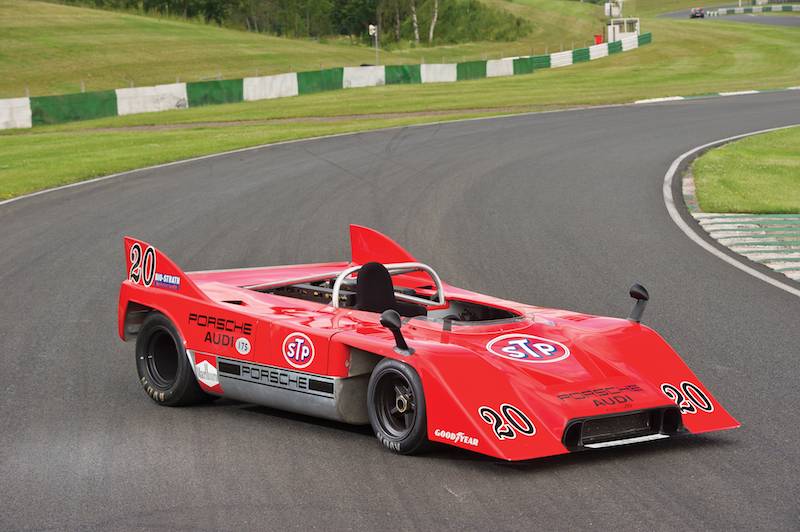
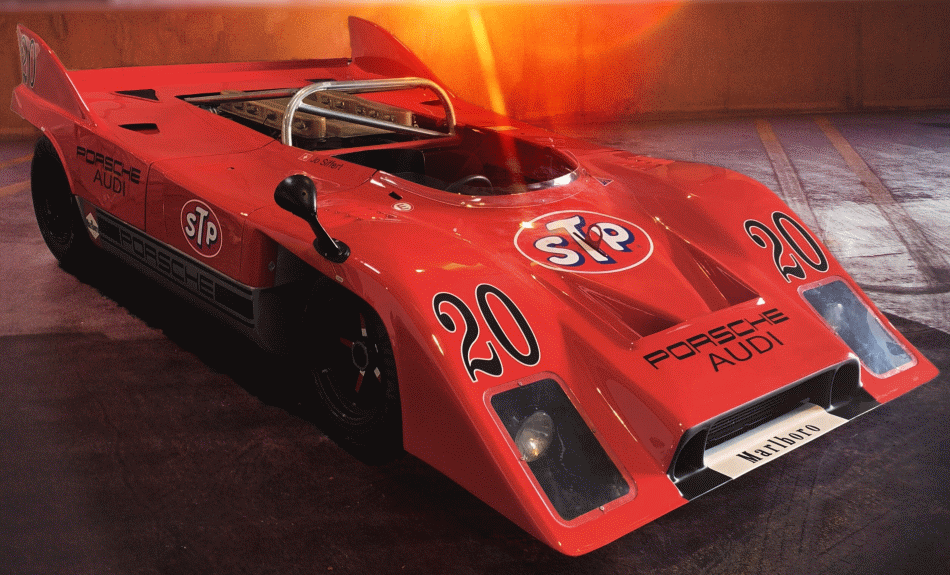
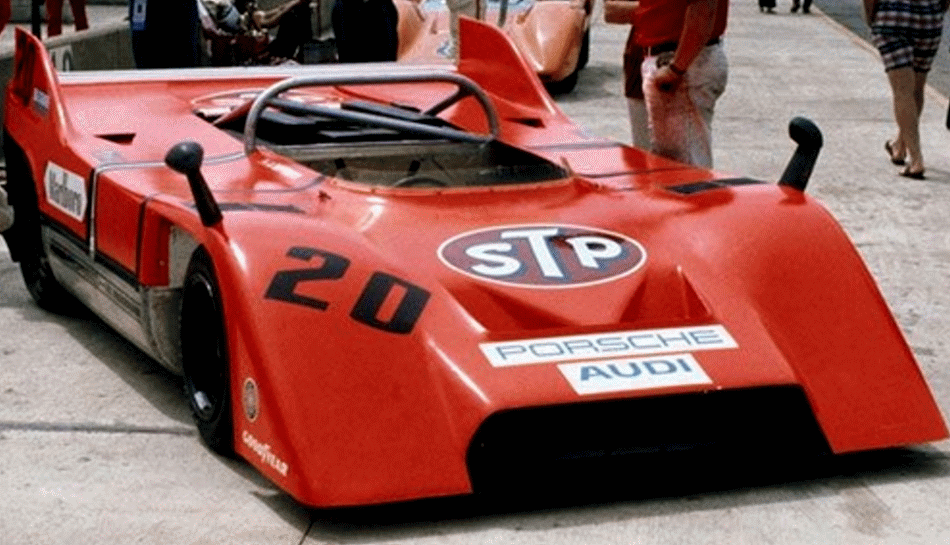
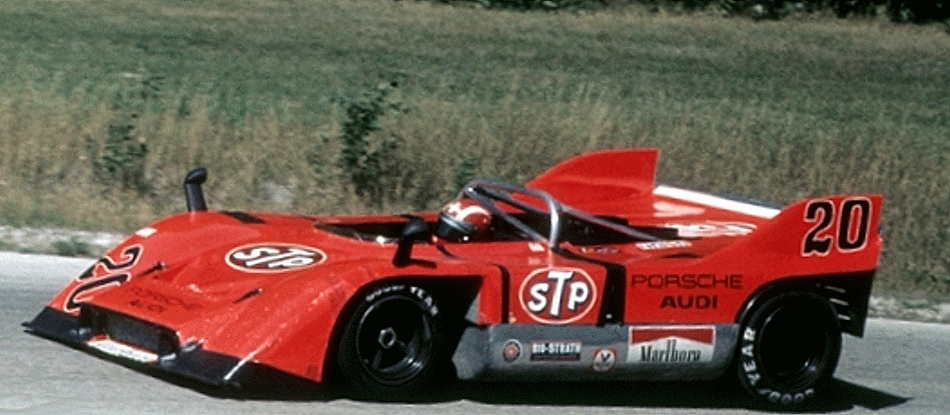

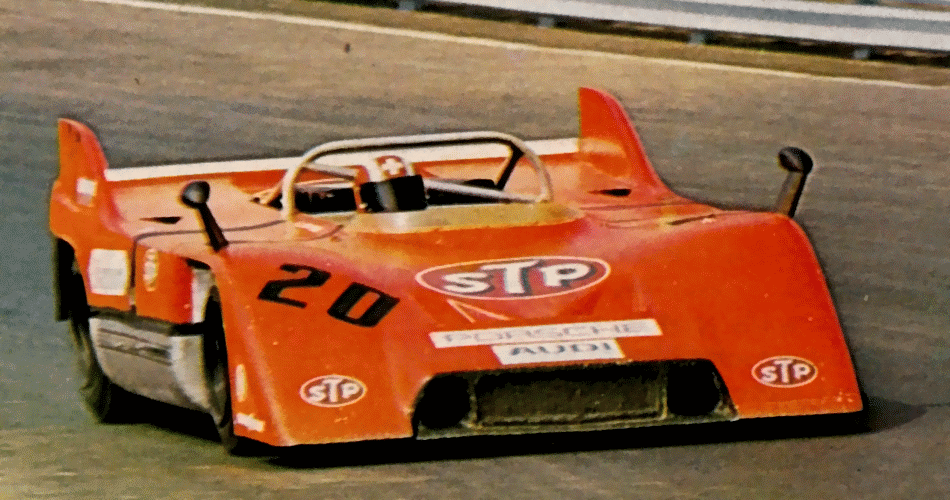

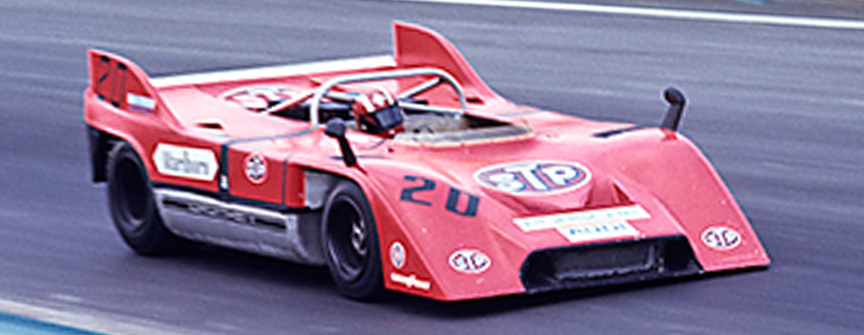

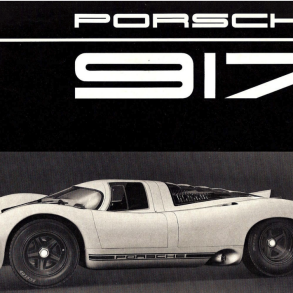








I built a replica of Jo Siffert’s STP 917/10 (YouTube JB91710) and installed two Subaru EZ30 engines which I am going to connect next spring. I was wondering if you knew where new 917/10 bodies are being made for the Vintage 917/10s. Thanks, Jack.
0